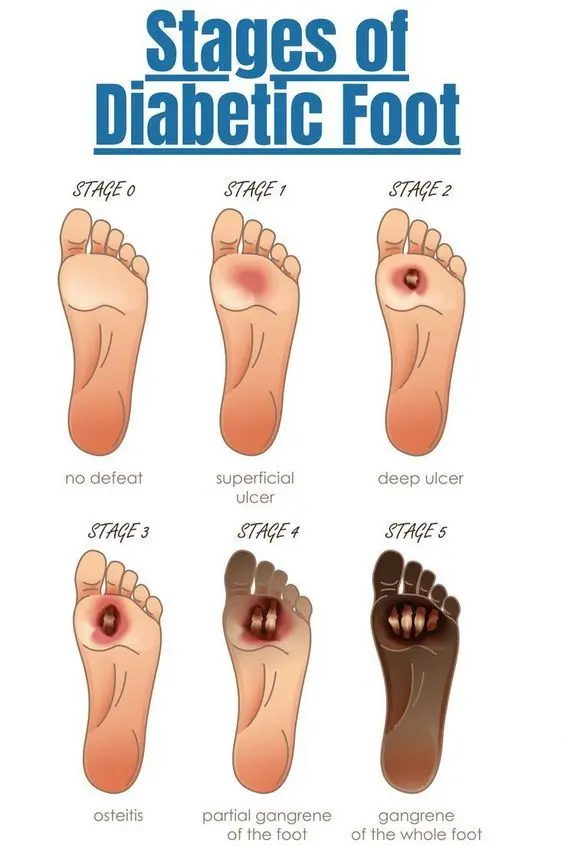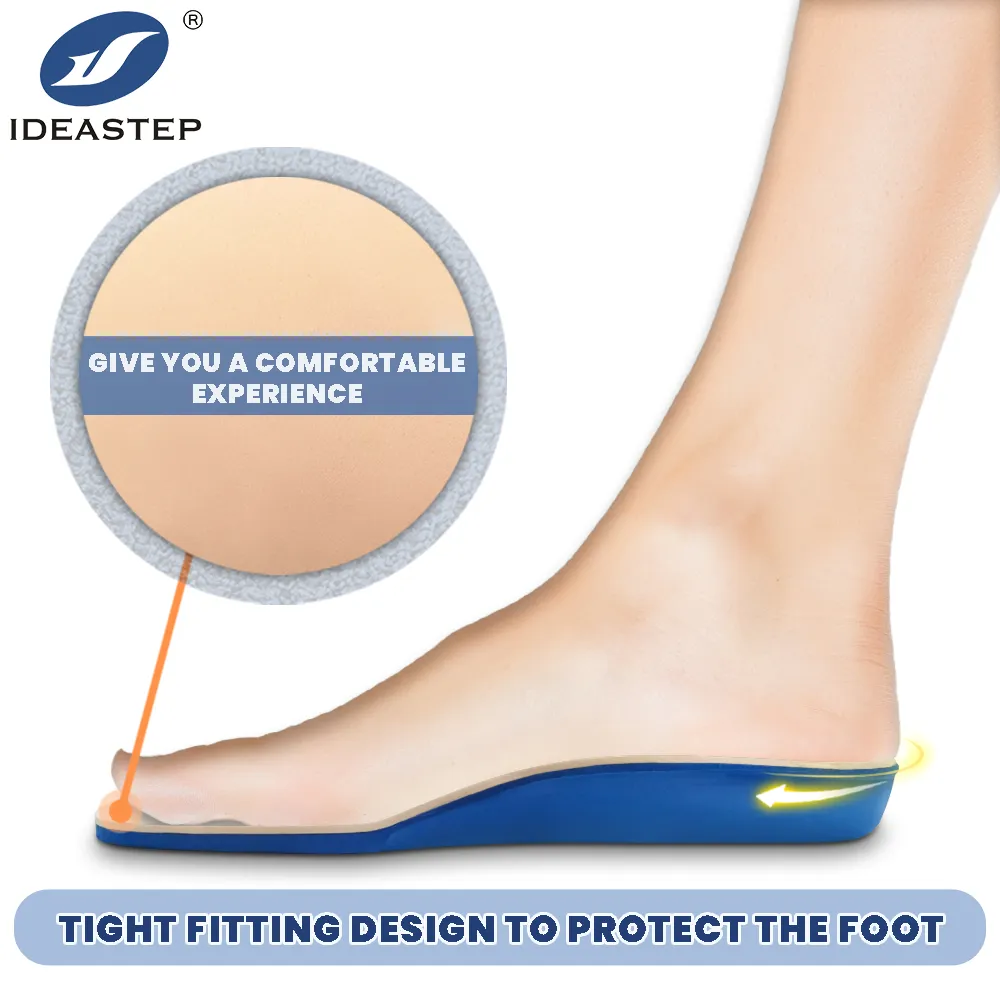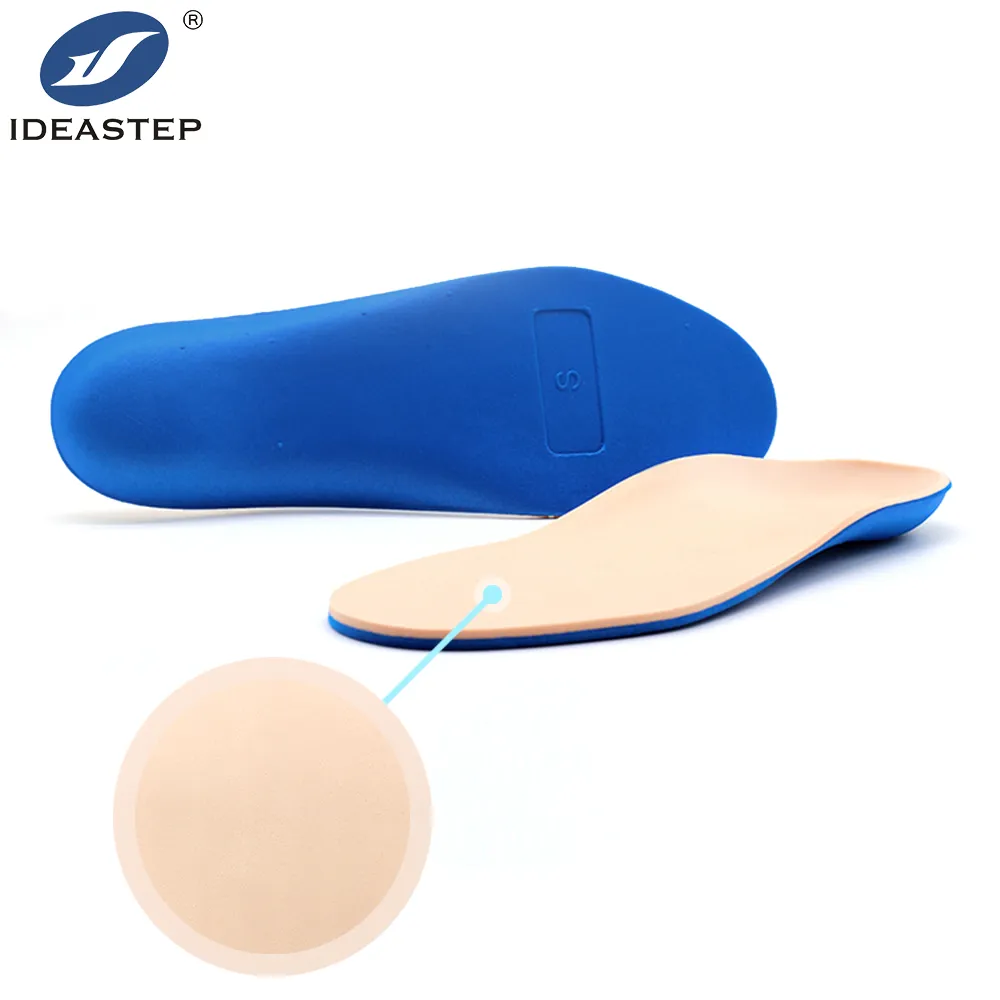Introduction: The Importance of Diabetic Insoles for Foot Health
These complications from the condition can lead to reduced blood flow, damage to nerves, and a failure to heal well, which means minor injuries can become prone to ulcers or infections. Diabetic insoles work against these issues by offering bespoke support that friction and pressure points prevent. Foot health is an integral part of overall well-being for those living with diabetes. This article will help to emphasize the importance of diabetic insoles, show their protective features, and explain why diabetic insole solutions by Ideastep are one of the best choices for diabetic foot care.

Why Foot Care Is Critical for Diabetics
Diabetes damages circulation and sensation in the feet, and these changes often make the feet more susceptible to injuries. When one has high blood sugar levels, blood flow is slowed down in the capillaries, which are important in supplying nutrients and oxygen. Hence, even the slightest injury may take longer to heal and thus predispose the person to ulcers or infections. The nerve damage common in diabetic patients can also lead to lost or reduced sensation in the feet, making it hard for a person to feel injuries as they occur.
Top Foot Care Challenges Diabetics Face
| Condition | Effect on Feet |
|---|---|
| Reduced blood flow | Delayed healing and risk of infections |
| Numbness | Injuries may go unnoticed and treatment delayed |
| Joint misalignment | Increased pressure to areas of the foot, increasing risk of injuries |
These complications make foot care a must for diabetics as injuries that may be unnoticed could turn into a serious condition if not well cared for.
How Diabetic Insoles Protect and Support Foot Health
More than cushioning, diabetic insoles help to reduce pressure and friction. They distribute the weight of the foot evenly, thereby reducing contact points that may cause blisters or calluses. Made from low-density materials that are soft, these insoles cushion the foot but still allow normal movement and stability. A well-designed insole might be able to absorb shock, protecting very sensitive skin and keeping the feet comfortable throughout the day.

Key benefits of diabetic insoles:
- Pressure Redistribution: These insoles reduce hot spots that can result in injuries through the even redistribution of pressure.
- Improved Cushioning: Gentle, low-density materials won’t provide harsh impact and will reduce the chance of developing friction-related injuries.
- Protective Fit: It has a close fit around the foot, thereby preventing foreign objects from entering the shoe; this helps people with reduced sensation.
Ideastep’s diabetic insoles are designed to work with such a customized approach in order to provide protection and comfort for sore feet.
Ideastep’s Diabetic Insoles: Features and Benefits
With over thirty years of experience in solutions for foot health, Ideastep offers advanced diabetic insoles that combine quality materials with a thoughtful design to protect and comfort the feet. Ideastep’s insoles are trusted by clinics, hospitals, and retailers for their dependable quality and innovative materials.
Features of Ideastep’s Diabetic Insoles:
- Plastazote and EVA Materials: Ideastep provides insoles with Plastazote, which is a hypoallergenic, breathable material designed for diabetic needs. To offer an ideal alternative, Ideastep also produces ultra-fine EVA foam insoles that are both soft and durable to ensure comfort without compromising on quality.
- Consistent Hardness for Pressure Relief: The insoles’ base maintains a hardness level of 40A, balancing soft and firm support. This uniformity helps to spread pressure more evenly, thereby reducing the possibility of pressure-related injuries.
- Protective Design: Each insole has a close supportive fit to exclude foreign objects and provide constant protection for the sensitive areas of the feet.
- Customizable with Heat Molding: Ideastep insoles can be heat-molded for a custom fit to match the unique shape of an individual’s foot. Either with a heat gun or warm water, the insole becomes soft and pliable enough to conform to the shape of the foot exactly for added comfort and protection.

How to Select the Right Diabetic Insole
The right insole can make all the difference in both comfort and foot health. Here are things to consider:
- Material Composition: Hypoallergenic materials like Plastazote or EVA foam that do not irritate sensitive skin.
- Fit and Coverage: Obtain wrap-around insoles that offer the foot full protection without leaving any gaps, so nothing can find its way inside.
- Heat-Molding Capability: The insoles are moldable to the foot, eliminating the unnecessary movement within the shoe that causes chafing or blisters.
Frequently Asked Questions (FAQ)
Q: How often should diabetic insoles be replaced?
A: Depending on use, diabetic insoles should be replaced every 6-12 months to ensure they continue to provide the proper support and protection.
Q: Can the Ideastep insoles be used for any shoe?
A: Yes, the Ideastep insoles are comfortable inside most traditional shoes and even diabetic-specific shoes.
Q: How do I mold the insoles to my feet?
A: You can soften Ideastep insoles with a heat gun or some hot water, and then you would be able to shape it to your foot, so it will fit perfectly.
If you are interested in Ideastep, please click here to learn more. Additionally, Ideastep offers custom insole services, or you can directly contact Ideastep to tell us your needs.
